A Life on the Rails: The Dedication of Railroad Tourists
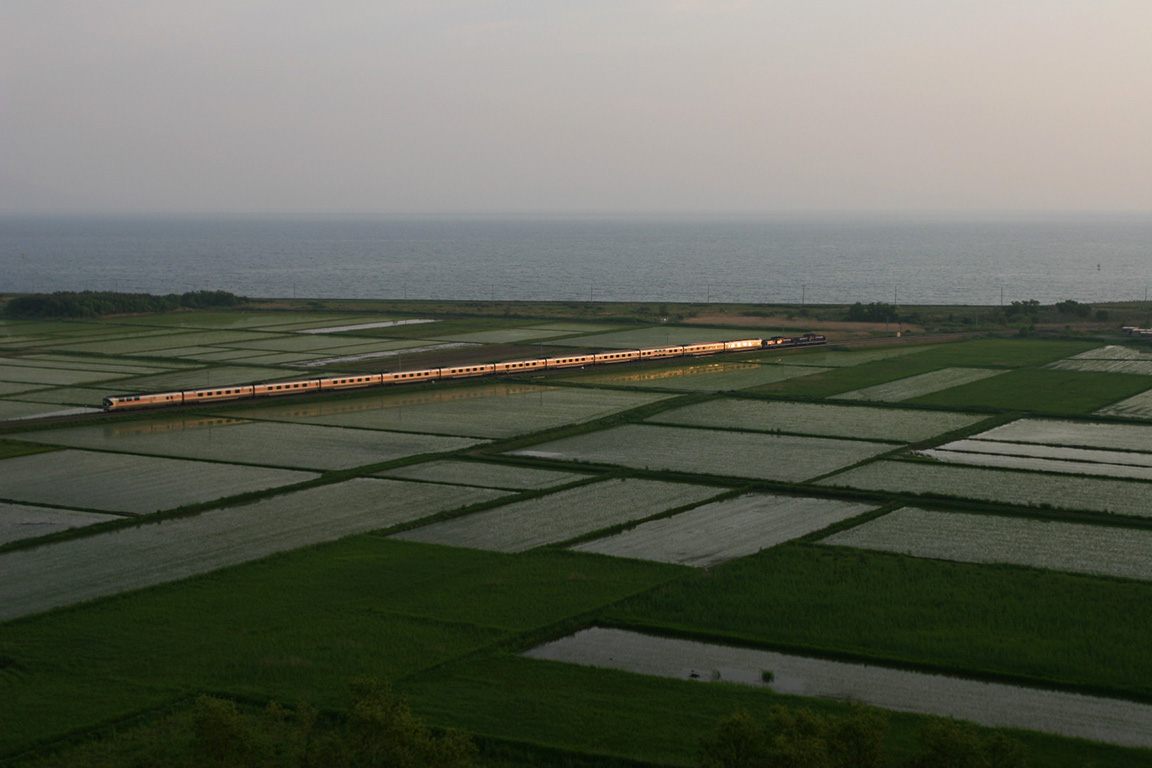
The Casseopeia, the most luxurious passenger train in Japan, skirts Hokkaido’s Volcano Bay, two hours into its overnight run from Sapporo to Tokyo. (Photo: Scott Lothes)
Many tourists would skip a trip to the Chernobyl Exclusion zone in Ukraine based on the radioactivity alone but on the day Emily Moser arrived, there was an extra reason to be skittish. The country had recently been on the edge of revolution. Her guide told her that she and her companion were the only visitors who hadn’t canceled their trip to the 1,004 square mile zone ringing the site of the notorious 1986 nuclear disaster.
But Moser was determined to make the journey. She’d come all the way from New York to visit Chernobyl’s idle railroad.
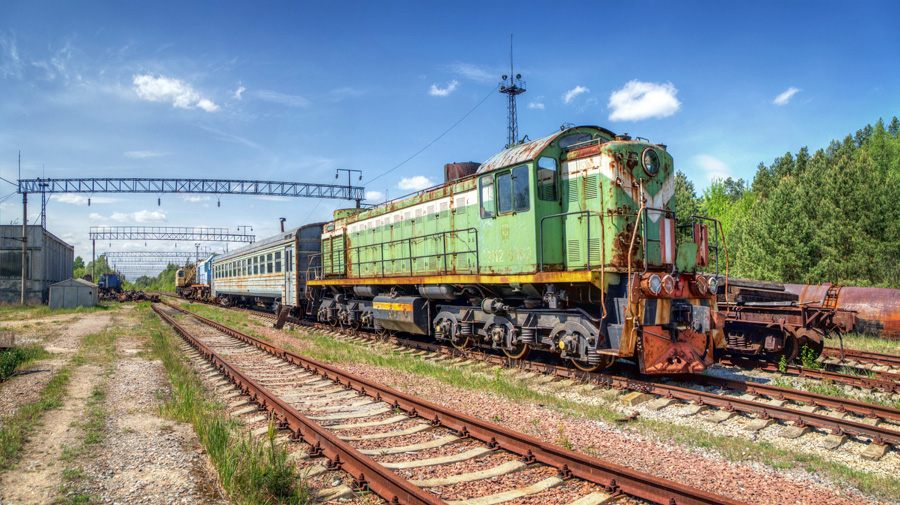 A working, but rusted locomotive in the Yaniv railyard. A few working locomotives remain in case things need to be moved around the plant. The locomotive is, however, banned from being taken out of the Exclusion Zone. (Photo: Emily Moser)
A working, but rusted locomotive in the Yaniv railyard. A few working locomotives remain in case things need to be moved around the plant. The locomotive is, however, banned from being taken out of the Exclusion Zone. (Photo: Emily Moser)
Railfans come in many flavors, but they’re all obsessed with trains. Mileage collectors aim to travel as many miles as possible by rail, keeping meticulous notes. For many, boarding a train isn’t the point. Trainspotters obsessively seek out and catalog “rolling stock”—any vehicle that traverses a railway, often focusing on locomotives or a particular railway. Others want to photograph them. The factions seem limitless and finite. Even though many railroads have been consolidated over the years, there are still several hundred operating in the U.S. alone. Nostalgia influences many railfans: they love machines that harken back to early railway history, such as steam locomotives. Others are devoted to a particular line or geographic locale. Railfans are a global group who join clubs, attend festivals, flock to rail museums, and subscribe to rail magazines. Many make train art, maintain laboriously detailed model train sets, and collect memorabilia, or railroadiana.
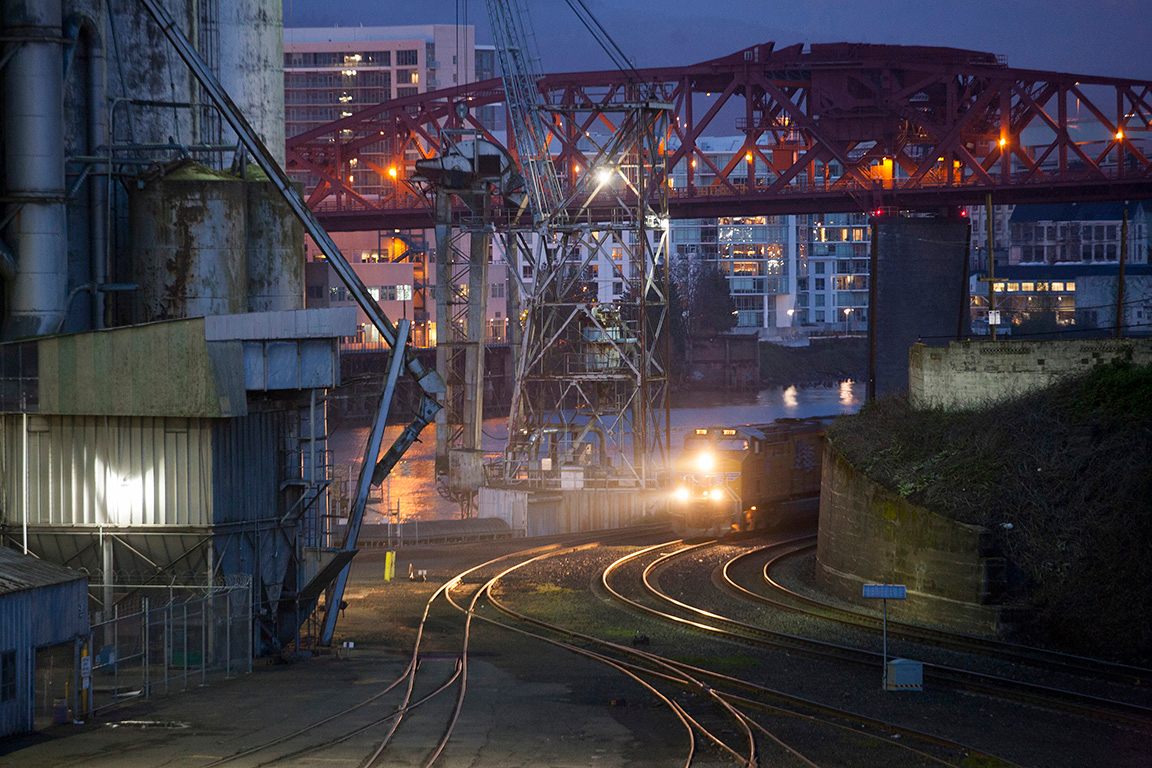
An eastbound Union Pacific freight train shines its lights through an industrial landscape along the Willamette River in Portland, Oregon, before sunrise. (Photo: Scott Lothes)
It helps to have a childhood connection to the rails. Scott Lothes, for instance, grew up surrounded by trains. A railroad bisected his West Virginia hometown and every fall a steam locomotive would roll through, sounding its distinctive whistle and summoning crowds of onlookers. His family also made pilgrimages to a nearby scenic railway to get close to the big machines and chat with friendly workers. That and a model railroading hobby instilled a lifelong passion. Lothes became interested in photography in college and after graduation he took off on a roadtrip to visit state parks and railroads. During a stint in Oregon he took on the “immodest” task of photographing every railroad in the state. Now Lothes is the president and executive director of the Center for Railroad Photography & Art in Madison, WI.
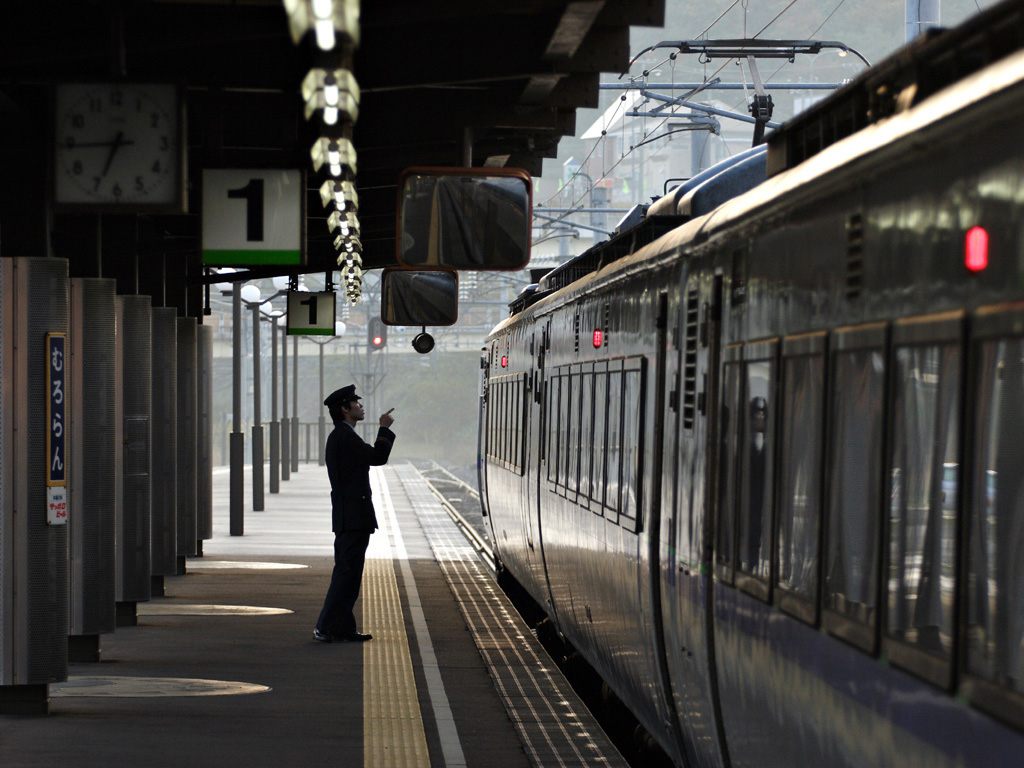
A station agent at Muroran, Hokkaido, Japan, checks the equipment of Suzuran train no. 1, the first express of the day for Sapporo, just before its 6:49 a.m. departure. (Photo: Scott Lothes)
“A big appeal of railroads is that they touch on so many facets of American culture and life,” says Lothes. “Even if you saturate your interest in one aspect of it, there’s always another aspect you can pursue whether it’s history, culture, geography or economics.”
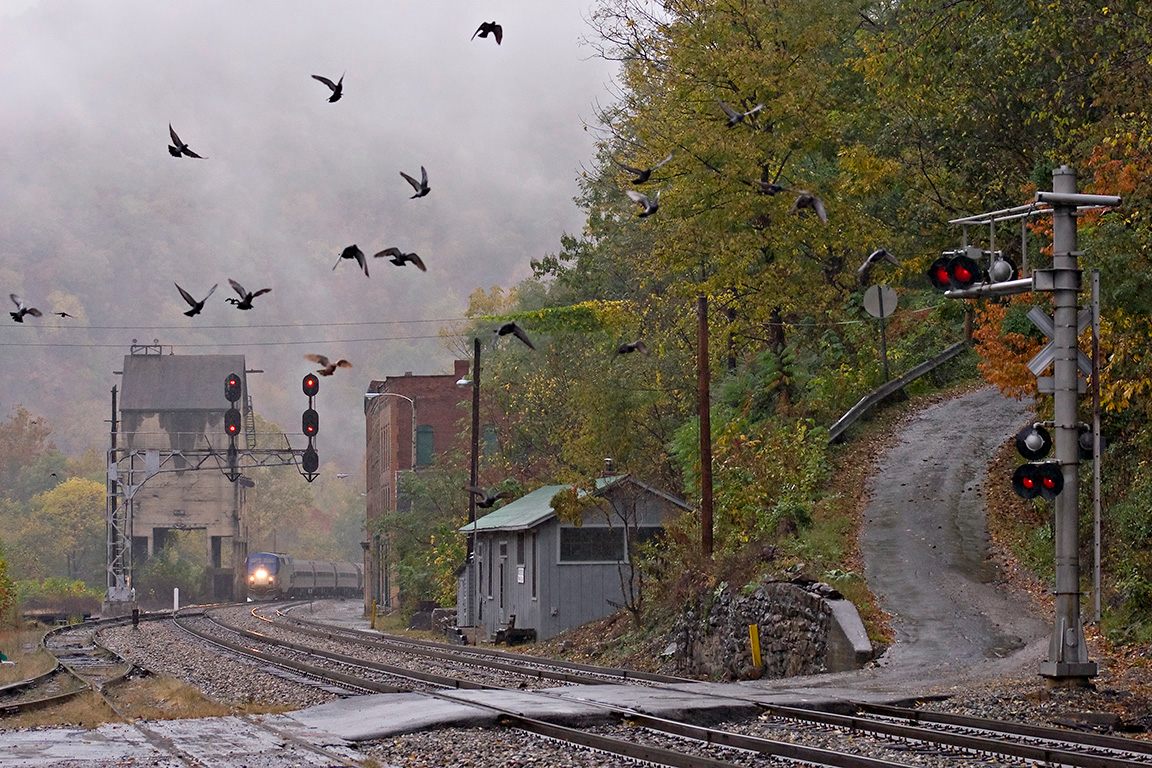
Pigeons scatter as Amtrak train on. 50, the eastbound Cardinal, rolls into Thurmond, West Virginia. Located deep in the New River Gorge, this once-bustling railroad town now has just a handful of residents, and thrice-weekly Cardinal only stops on request. Today it is stopping to pickup a sole passenger, a whitewater river guide moving onto to his next adventure after the end of the season on the Gauley River. (Photo: Scott Lothes)
Rail museums documenting the history and technology of the industry exist all over the world; the Center was founded in 1997 to chronicle the visual side of things. The Center (which has no physical display space) maintains a collection of about 200,000 photographs, as well as other mediums depicting trains such as paintings and sheet music. In addition to publishing a quarterly journal and holding an annual conference in Chicago, the Center produces traveling exhibitions. 
Passenger and crew members move about La Salle Street Station, Chicago, in 1952. New York Central’s New England States is at left, which followed a route that began in Boston, with stops in New England, the Great Lakes, and throughout the Midwest before reaching its destination. (Photo: Wallace W. Abbey/Center for Railroad Photography & Art)
“The steam locomotive and commercial film processes came of age together in the 1800s,” says Lothes. Their side-by-side development in large part accounts for a lasting marriage.

A brand-new Gulf, Mobile & Ohio diesel locomotive pokes its nose out of the roundhouse at the railroad’s Glenn Yard in Chicago in 1947. Diesel locomotives replaced steam on nearly all railroads in the United States during the 1940s and 1950s. (Photo: Wallace W. Abbey/Center for Railroad Photography & Art)
Railroads were first built in the U.S. in the 1830s and pretty quickly, entrepreneurial photographers captured images of trains and sold them on postcards. Railroads started commissioning photographers to document the majesty of rail travel, particularly following the Civil War. In the 1920s and 30s, railway photography societies were popular in England. Members produced and—sometimes sharply—critiqued each other’s work.
“The Brits invented the concept of complaining about each other’s train photos using paper almost a century ago so it could be perfected before the Internet came along,” said a presenters at the Center’s 2015 conference.

Former Texas & Pacific 2-10-4 steam locomotive no. 610 stopping at the Southern Railway Station in Knoxville, Tennessee, during a steam excursion for the Southern Railway on July 2, 1978. (Photo: Fred M. Springer/Center for Railroad Photography & Art)
Feats of engineering, curves and mountains are perennial favorites. A classic shot is a train approaching the camera, arranged against an attractive backdrop and bathed in dramatic sunlight. Taken at a three quarter angle, such shots are often called a “wedge” or “wedgie”. An image in which a locomotive or other vehicle is the main focus is called a “roster shot” and many railfans collect such shots and share them online. There are specific locales that railfans frequent, such as Southern California’s Tehachapi Loop, a helix-shaped expanse of track where trains spiral over themselves in order to cross a mountain pass. Such landmarks attract railfans from around the world and epic road trips are organized around collecting train shots.
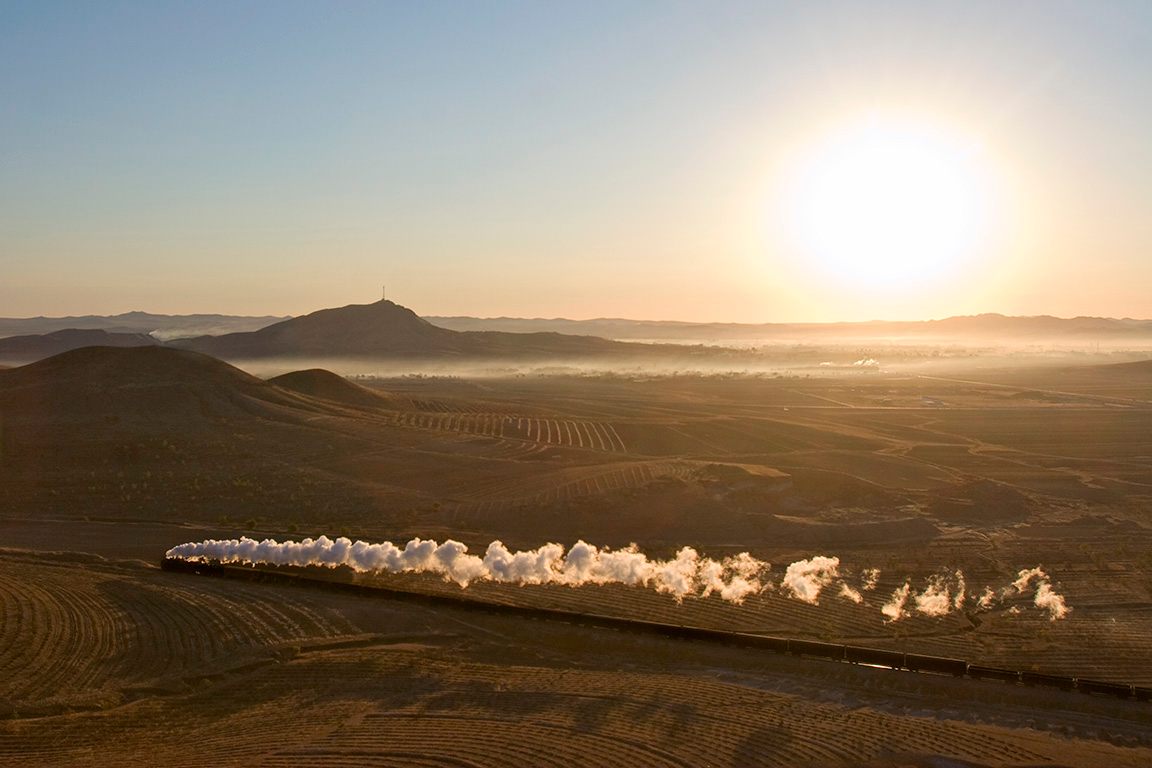
Minutes after sunrise, a Jitong Railway QJ 2-10-2 steam locomotive charges up the grade out of Chabuga, Inner Mongolia, with a westbound freight train. The Jitong Railway was the last mainline railway in the world to use steam locomotives in regular service, which ended less than two months after this photograph was taken. (Photo: Scott Lothes)
Like Lothes, Moser grew up around trains, riding New York’s Metro-North railroad since childhood. But it wasn’t until after college, when she accepted a job that had her commuting on the railroad every day, that she got obsessed. For many, commuting is an onerous chore, but Moser loves settling into her ride, reading, getting work done, chatting with other passengers or just people watching. Eventually she started noticing regulars, like a woman who ferried her cats around in a baby carriage. In 2009 she started documenting her commute in earnest on her blog I Ride the Harlem Line, named for one of Metro North’s five lines. She decided to undertake a mission to visit every single one of the 125 Metro-North stations and photograph them, a quest that took three years to complete. She often worked on the blog while commuting.
“Hours that I’ve spent on the train?,” says Moser. “No, I would have no idea. It’s probably some really big number.”
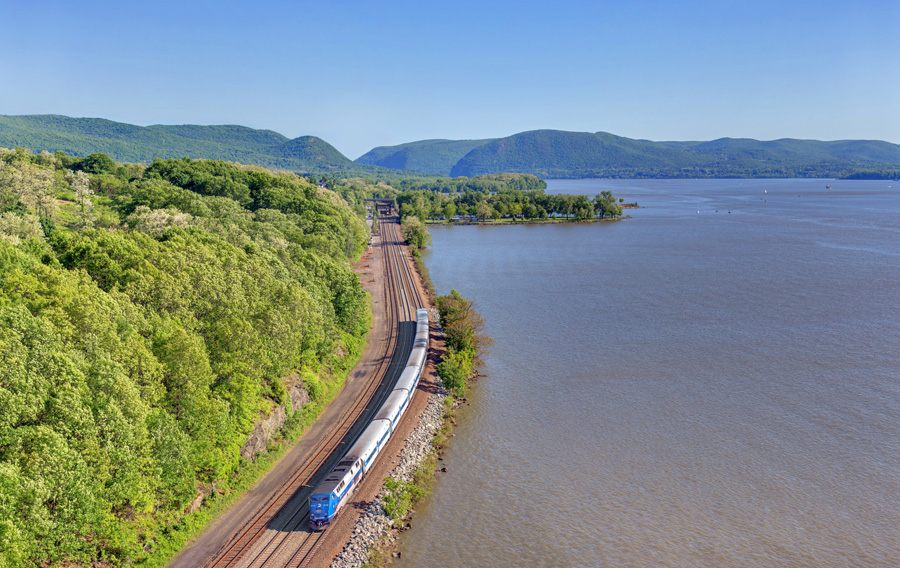
A Metro-North P32AC-DM locomotive pushes a southbound train on the Hudson Line toward Beacon station. (Photo: Emily Moser)
It’s hard to overstate how much impact trains have had on Moser’s life. Over the years, Moser has connected with other train enthusiasts, and people occasionally recognize her from the blog, which she tries to update weekly with posts about Metro-North news, history, maps and other items. She once roomed with two train conductors and landed an interview with the then-president of Metro-North. She also met her husband, a Metro-North employee, through her blog. They arranged to meet up on the train. He hopped on at a spot along her commute and brought her dinner from Chipotle. They were married in Grand Central in January.
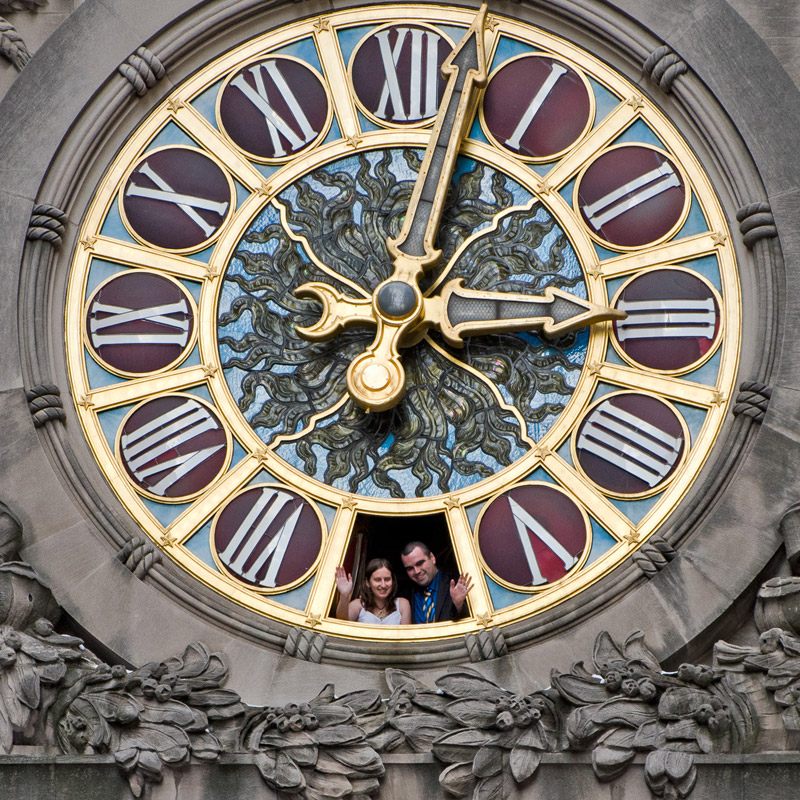
Emily Moser on her wedding day, in the clock tower in Grand Central Terminal. (Photo: Emily Moser)
Moser has also trekked to Alaska to ride passenger trains through swaths of snowy wilderness and to Japan, where she visited the Wakayama Electric Railway, home to Tama, a beloved feline “stationmaster”. (Tama has since died, and the calico cat’s funeral was attended by thousands.) And, of course, to Chernobyl.
In addition to railways, Moser also has a keen interest in human disasters. She had heard about the railroad before—trains carried passengers into the areas surrounding the Chernobyl Nuclear Power Plant and following the April 26, 1986 disaster, many contaminated vehicles were abandoned in what would become the exclusion zone. It was the perfect marriage of her two interests. In 2014 Moser traveled to the Ukraine to photograph the trains, teaching herself to read Cyrillic in order to do research. She wasn’t too worried about radiation—time has reduced the danger and hotspots are clearly marked. But nonetheless, the scene was a bit “freaky”. Political unrest had deterred other tourists, so the already desolate zone was particularly empty. She was greeted by rusting locomotives and train cars, picked over by previous visitors, some filled with trash.
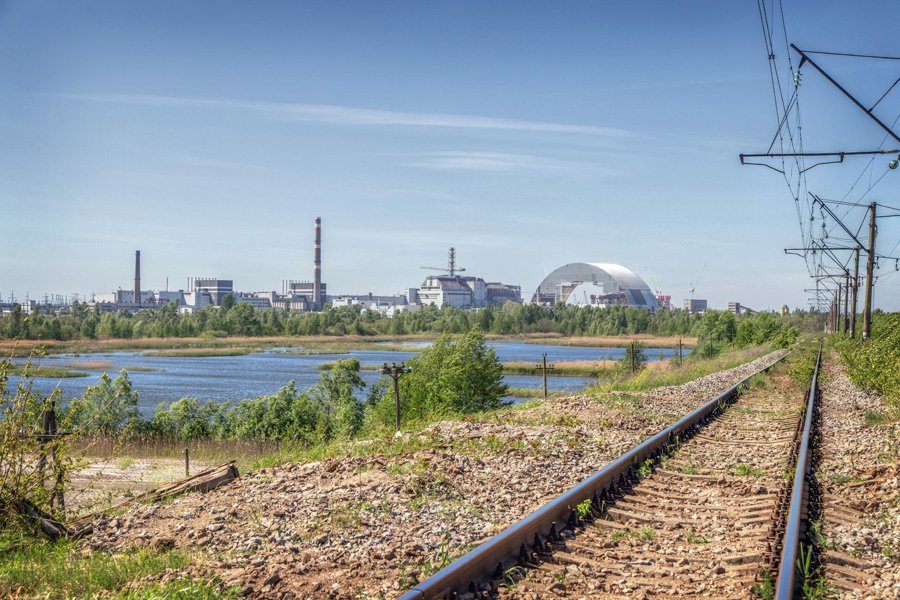
Along the railroad tracks, the Chornobyl plant and the New Safe Confinement are visible. (Photo: Emily Moser)
“I had seen pictures of what it was going to look like,” says Moser, “But it’s just a weird feeling when you’re there. Nobody is there, it’s this whole city and town that have just been left the way they were.”
Her expedition resulted in Radioactive Railroad, a website where she published a detailed history of the railroad and photographs of its current state. A version of the story also ran in Railfan & Railroad magazine.
Moser wants to visit other railroads. Her short list includes taking a train across Australia and a trip to the metro system in Stockholm, Sweden.
Recently, Lothes has been pulled towards the Mississippi River, documenting the railroads that travel up and down the waterway, framed by towering bluffs. For many, railways conjure up nostalgia for a bygone era, but Lothes is quick to locate them within a grander scheme.
“Railroads created a new language and vocabulary,” says Lothes. “They were bigger and operated faster than practically anything in the course of human history before that.”
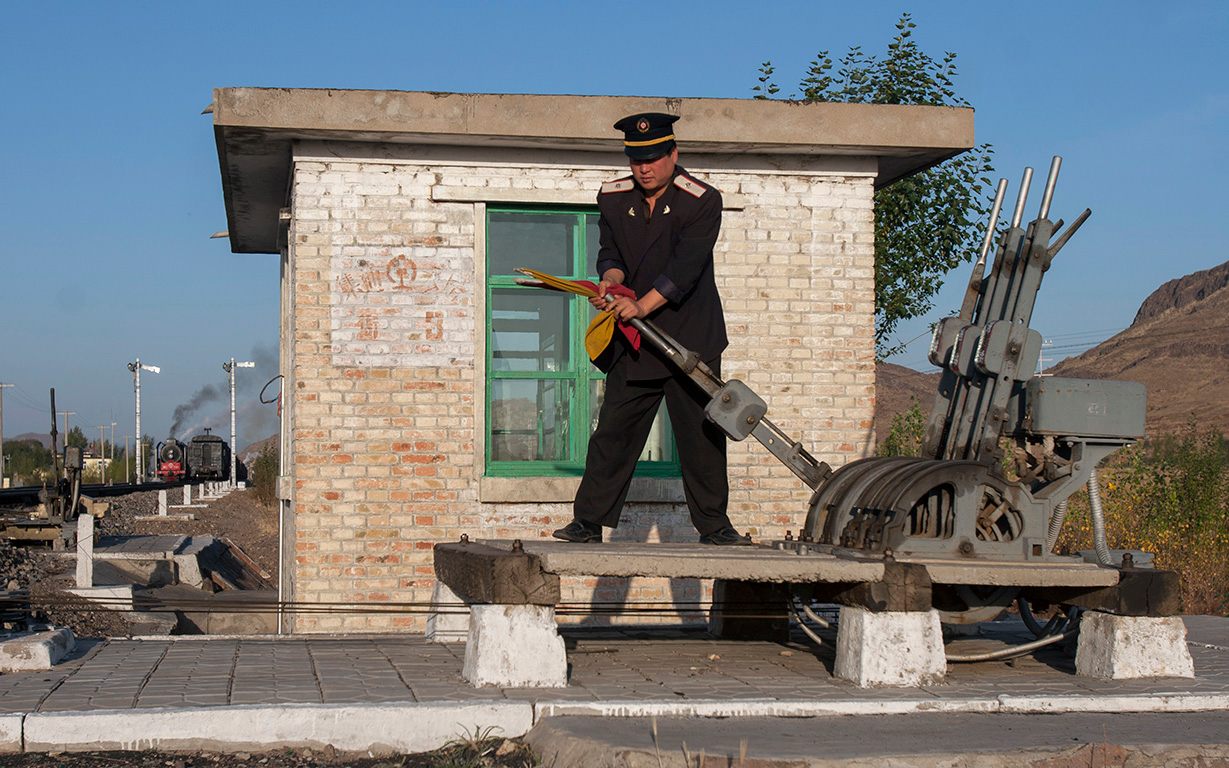
A switchman on China’s Jitong Railway in Inner Mongolia uses mechanical levers to throw track switches and semaphores so an eastbound passenger train can pull out of the siding following the passage of a westbound freight train at Yamenmaio station. (Photo: Scott Lothes)


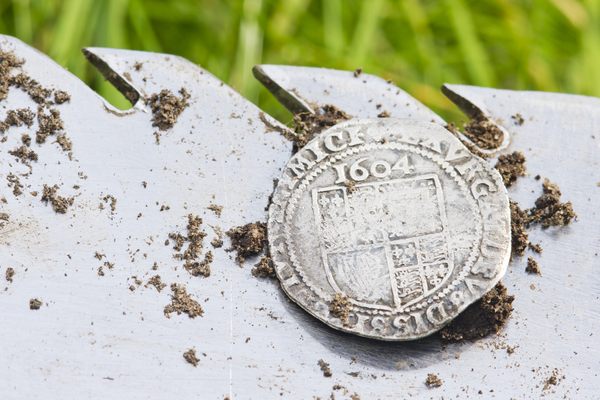
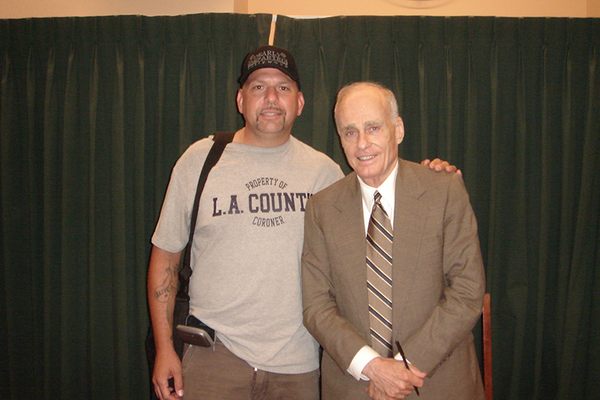






Follow us on Twitter to get the latest on the world's hidden wonders.
Like us on Facebook to get the latest on the world's hidden wonders.
Follow us on Twitter Like us on Facebook